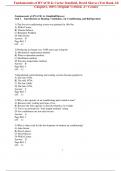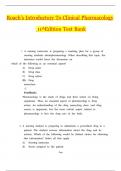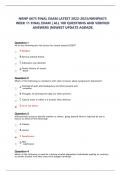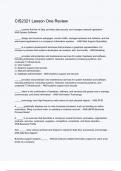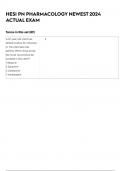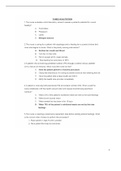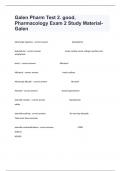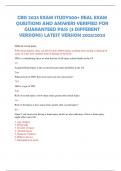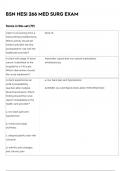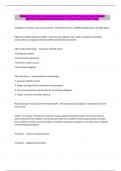Tentamen (uitwerkingen)
Test Bank For Fundamentals of HVACR 4th Edition By Carter Stanfield, David Skaves (All Chapters, 100% Original Verified, A+ Grade)
- Vak
- Instelling
Test Bank For Fundamentals of HVACR 4th Edition By Carter Stanfield, David Skaves (All Chapters, 100% Original Verified, A+ Grade) Test Bank For Fundamentals of HVACR 4e By Carter Stanfield, David Skaves (All Chapters, 100% Original Verified, A+ Grade)
[Meer zien]
